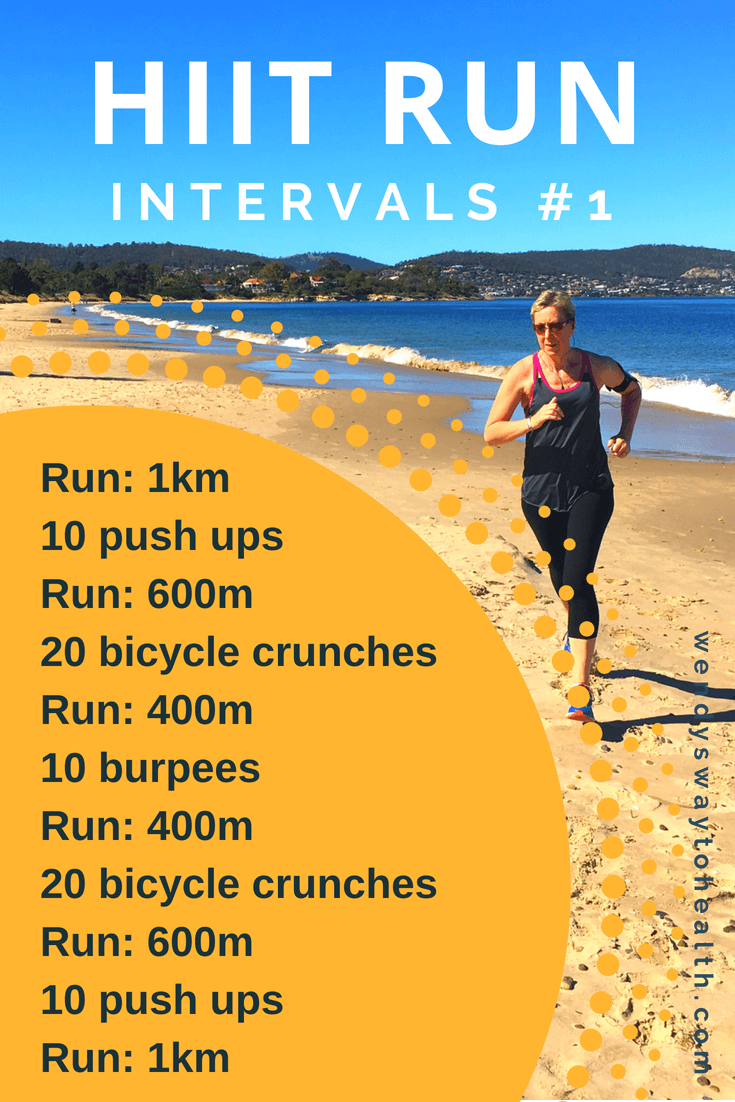Running Workout Techniques: Strategies to Enhance Endurance and Speed
Getting Over Discomfort in Running: Methods and Techniques That Work
Pain is a common buddy for many runners, frequently serving as a barrier to achieving their desired goals. With the appropriate approaches and strategies, it is possible to get rid of and even protect against the pain linked with running. By discovering numerous methods such as recognizing the various kinds of running pain, optimizing shoes and kind, incorporating cross-training and stamina workouts, executing effective recovery approaches, and preserving appropriate nutrition and hydration, joggers can potentially relieve their discomfort and boost their total running experience.
Understanding Various Kinds Of Running Pain

An additional sort of running discomfort is joint pain, which can materialize as a sharp or throbbing discomfort in locations such as the knees, hips, or ankles (running strategy). Joint pain might be triggered by elements like inappropriate running form, overuse, or underlying problems like joint inflammation (this web-site). It is essential to separate between muscle pain and joint pain, as the latter may need clinical focus to avoid further injury
Recognizing the different sorts of running discomfort is essential for efficient administration and avoidance methods to ensure a risk-free and enjoyable running experience.
Correct Shoes and Running Type
To enhance performance and lower the threat of running-related injuries, selecting suitable shoes and keeping correct running type are vital elements for runners of all degrees. It is suggested to choose running shoes that are particularly developed for the person's foot type, running stride, and the kind of running task they engage in.

Cross-Training and Toughness Workouts
Taking part in cross-training and integrating strength workouts right into a running routine can significantly enhance general performance and reduce the probability of injuries. Cross-training, such as cycling or swimming, aids boost cardiovascular health and fitness while offering running muscle mass a break from recurring impact. It likewise aids reinforce different muscular tissue groups, causing far better total body conditioning. Toughness exercises, like squats, lunges, and core exercises, play an essential duty in supporting muscular tissues and boosting running performance. They can remedy muscular tissue inequalities, boost dexterity, and improve power outcome, every one of which are important for running performance.
Incorporating cross-training and toughness workouts right into a running routine needs to be done tactically. It is essential to permit ample remainder between running sessions and cross-training tasks to protect against overuse injuries. Furthermore, concentrating on proper type and strategy throughout strength workouts is essential to optimizing their benefits and lowering the danger of injury. By integrating these aspects right into a running regimen, runners can develop a stronger structure, boost performance, and delight in a much more lasting running experience.
Recovery and Rest Methods
Having actually established the importance of cross-training and strength workouts in a detailed running routine, focus can currently be routed in the direction of Recovery and Rest Methods as indispensable elements for optimizing efficiency and minimizing the threat of injuries. (running strategy)
Healing after running is important for muscle mass repair service and development. Strategies such as foam rolling, stretching, and massage help in decreasing muscle mass pain and boosting flexibility. Sufficient remainder between runs permits the body to recover and adjust to the physical anxiety, preventing overuse injuries.
Incorporating energetic recovery days right into a training schedule, where low-intensity tasks like walking or cycling are done, can boost blood flow and advertise recovery without putting excess strain on the muscles. In addition, correct hydration and nourishment play a vital duty in the healing procedure by restoring lost liquids and nutrients.
Quality rest is an additional necessary facet of recuperation that should not be overlooked. Throughout sleep, the body undertakes repair work and regrowth procedures, adding to total physical and mental wellness. By focusing on recuperation and remainder strategies, runners can preserve ideal efficiency levels and decrease the probability of experiencing pain or injuries.
Nourishment and Hydration for Runners
Carbs offer power for running, while proteins aid in muscle mass fixing and recuperation. Sufficient hydration is additionally essential to keep optimum performance, as even mild dehydration can negatively impact running efficiency. Furthermore, timing dishes and treats appropriately prior to runs can assist avoid gastrointestinal pain and offer the page essential power for peak performance.
Verdict
Finally, by understanding the various kinds of running pain, wearing appropriate footwear, preserving right running form, including cross-training and toughness exercises, prioritizing healing and remainder, and focusing on nourishment and hydration, joggers can effectively overcome pain and boost their efficiency. Implementing these approaches and methods can help joggers prevent injuries, enhance their endurance, and inevitably take pleasure in a more meeting running experience.